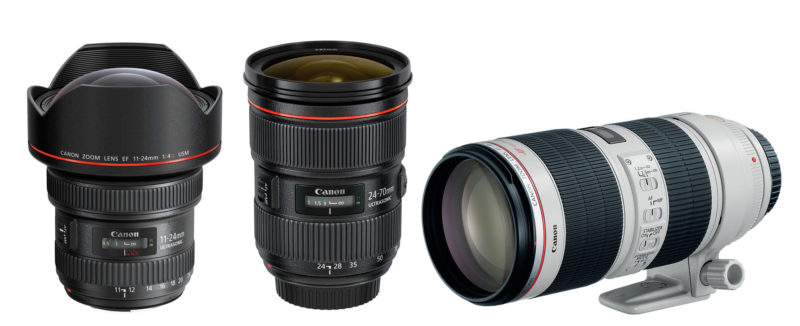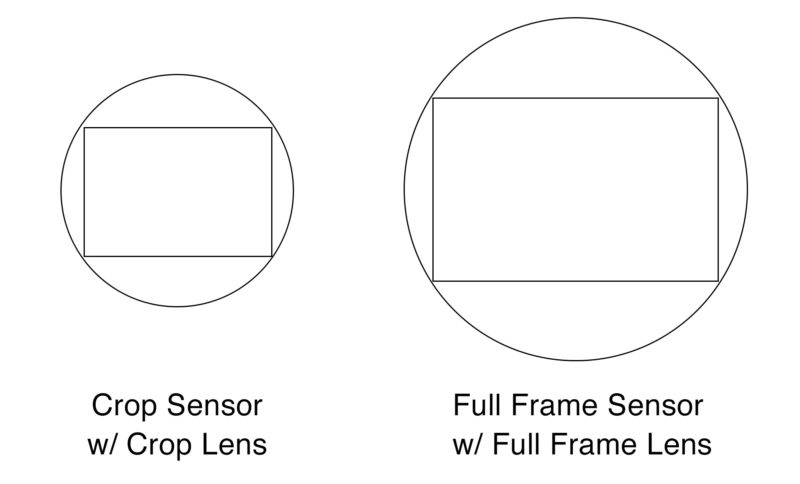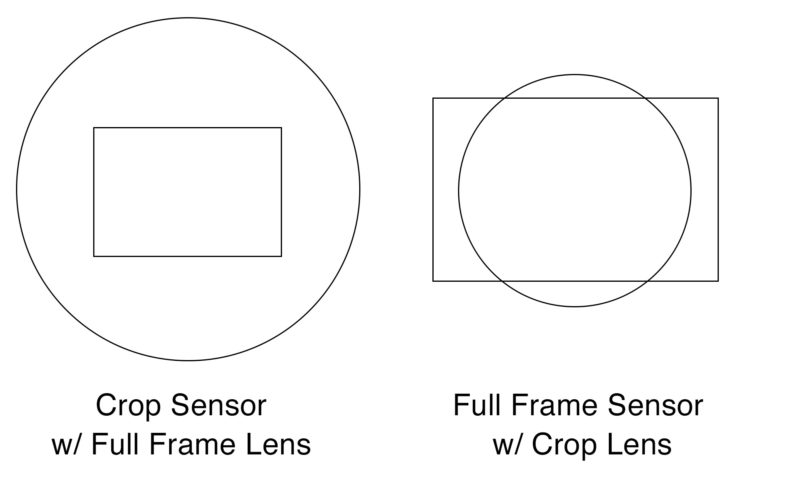
Back in April, I checked my email one day and found an email from a photo editor at Red Bull…
“Hey Brad, We’re filling up our photographer roster for Bonnaroo and are hoping that you are free and would be down to work with us on it. If you are interested and able to do it, let us know, and we can give you more details.”
Um, YES I AM FREE AND INTERESTED AND ABLE PLEASE GIVE ME ALL THE DETAILS THANK YOU!!!
Well, that wasn’t my exact reply, but it may as well have been. We exchanged a few more emails to go over logistics and whatnot over the next few months leading up to the event, and I was all set!
I had never been to Bonnaroo before, nor had I worked with Red Bull before. So I had lots of questions about what to expect, what photo gear I needed to be as prepared as possible, and what other miscellaneous things I needed to survive being out in the summer heat for four days. Thankfully, I had Drew Gurian on speed dial to help me with all of this! He’s been to Bonnaroo many times and has been working with Red Bull for years.
As some of you may already know, Drew and I go all the way back to my days of assisting Joe McNally. He took over the first assistant role with Joe after I moved on to work with Scott Kelby, and we’ve remained good friends since then. We often call each other to discuss navigating the freelance photographer life and bounce ideas off each other when we’re working on things.
Anyway, after chatting with Drew multiple times, I stocked up on memory cards, extra camera batteries, a cooling towel, sun block, and mentally prepared myself to walk upwards of 10 miles a day around the Bonnaroo Festival site. To some, that may not sound like a lot, but when you live in a city where the primary mode of transportation is getting in your vehicle and driving 20 minutes to get just about anywhere, it can seem daunting.
CAMERA GEAR OVERVIEW
Here’s a breakdown of the gear I used at the festival:
- (2) Canon 1DX Mark II Bodies
- 70-200mm f/2.8
- 24-70mm f/2.8
- 11-24mm f/4
- (2) SanDisk Extreme Pro 160 MB/s 64GB CF Cards (along with other backup cards)
- Spider Holster Dual Belt System
- (2) SpiderPro Hand Straps
- ThinkTank CityWalker Bag
- (4) Lexar Professional USB 3.0 UDMA 7 Card Readers
- (2) G-Technology 1TB Thunderbolt G-Drives
- Photo Mechanic
- Adobe Lightroom
- Etytomic Research Ear Plugs
- Frogg Togg Cooling Towel
- Hat
- Wrist Brace
- Sun Block Spray
I wanted to make sure I captured the best, highest quality images I could, so I got a couple of the blazing fast 1DX Mark II bodies from Canon. These, coupled with the “lens trinity,” set me up for success in the photo pits while shooting sets and around the festival grounds capturing lifestyle images. I used the 24-70mm f/2.8 a little here and there, but for the most part I stuck to the 70-200mm f/2.8 and 11-24mm f/4.
Over the past few years, I’ve had a certain brand of memory cards fail on me pretty reliably, so I made sure I had at least a couple of fast, sizable SanDisk cards to primarily use. At one point, I stuck the other brand of card in my camera (I had some as backups) and it immediately gave me a “card not readable” error, so I tossed it and put the SanDisk back in. Still had to use the other brand of card readers though as they’re the most available and affordable ones, but I had four of them just in case any of them failed.
I also mentioned making sure that the CF cards were fast. This is vital in an environment where turnaround time is a high priority. If you’re working in an area where you need to have images going up online as soon as possible, you don’t want to be the person who is holding everything up because you cheaped out on memory cards to save $30. When you’re purchasing memory cards, always look at BOTH the read and write speeds. Just because they say 120 MB/s or 800x instead of 160 MB/s or 1066x on them doesn’t mean that applies to both speeds. You may not see a noticeable difference when you’re shooting, but when you’re waiting an extra 10 minutes for your card to download and everyone else is done editing and uploading their photos, you’ll know why that card was so much cheaper.
After reading this guest blog from Adam Elmakias about wrist and back injuries, I sought out a SpiderHolster dual camera belt and found one that my buddy Pete Collins let me borrow. This took all the weight of the cameras and lenses off my shoulders and put it on my hips and legs. It took a little getting used to, but I eventually started getting the pins that attach to the bottom of the camera into the holster pretty quickly. If you haven’t used this before and want to give it a shot, just make sure your shirt stays tucked into the belt and doesn’t get in the way of the holsters! Pete also let me borrow the SpiderPro Hand Straps, which helped me keep a good grip on the cameras and alleviate some of the weight on my wrist when shooting.
Also, not knowing how many batteries I would be going through each day, I rented four extra Canon LP-E4N batteries from BorrowLenses.com to make sure I was covered. Thankfully, the new LP-E19 batteries that came with the 1DX Mark II bodies lasted all day every day. There was a day where one was down to two notches with one set left to shoot, so I put a fresh one in to be safe. But, it probably would’ve lasted through that last set without any problems. So, while I could look at the rented batteries as wasted money, I still feel like I did the right (and professional) thing by making sure I showed up with all the tools I needed to get the job done.
And, surprise to me, this was the first time I’ve ever had an assistant for shooting concerts! I didn’t know I was going to have one until I received the production guide about a week before the festival. So I touched base with him ahead of time to talk through expectations, what I did and didn’t know about the festival and what we would be doing, and to give him a chance to ask me any questions he had.
Our first day of shooting was Thursday, June 8, so the photo team all arrived in Manchester, Tennessee on June 7. Last year, the team had to make a 30-45 minute drive each way to their hotel and back to the festival every day. This year, Red Bull was amazing enough to put us up in a place in Manchester (next to a Cracker Barrel even!) so we didn’t have to make that drive when we finished each night anywhere between 2:00am and 4:00am. Once we all arrived, I went to dinner with the other two photographers so I could get to know them a bit before getting into the heat of the festival.
Next up… Bonnaroo Workflow
Leave a Comment









































































